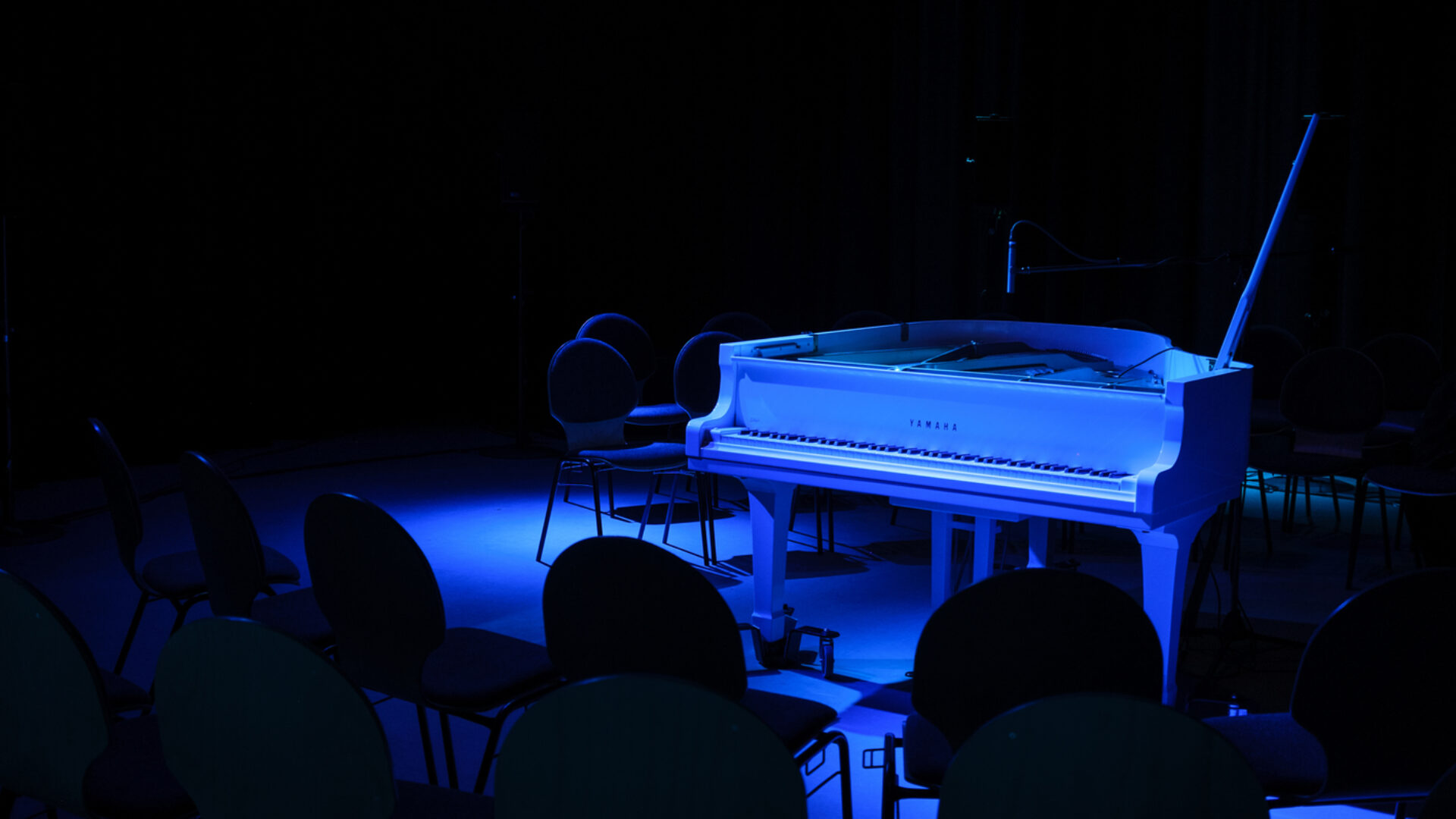These are the sketches of the third incubation period.
comment: This excerpt shows in the first bar a complex sound created by all instruments. This initial sound results in two lines: one consisting of a glissando of half pressure in violin and contrabass. The second line is a complex sound created by the synthesis of the sound of the superball on Tam-tam and the oscillation between multiphonic and harmonics in cello. The excerpt could be at any part of the piece. Each section can be developed further.
comment: Linear morphing and transformation is an attempt to realize, notationally and sonically wise the sense of linear fragility, fluidity, and glissando-like motion. I am interested in the morphing of the sense of glissando by applying a meticulously notated interaction among instruments.
comment: This could be the beginning of the piece or also somewhere in the middle of a section. Playing around with the “breath” color and and building texture. This could be also very well be mixed, with percussion, brush on the bass drum, that someone else in another context also suggested. Overlapping these materials could actually be very nice, as a progression of a morphing process.
comment: This excerpt shows a pulsating ostinato in solo percussion on a bass drum, which is contrasted by fluttery figures in strings. Over time, these two elements start to interchange and the fluttery figures become more pulsating (my score displays just the beginning of this process). In previous sketches I focused on departing from a common point – here on contrary I present a way of coming back to the point of origin. This excerpt would fit well in the later part of the piece, because it could stabilize and refocus the music so that it becomes similar to the unified sonority that the piece starts with.
comment: Example of metamorphosis: an opaque caterpillar wriggles in opaque sounds (non-pitched), always slightly differently (though the differences do not change the external perception of the nature of the sound). A natural harmonic maintains the tension. Tension increases, first in Fibonacci accelerando, then with increase in rhythmic stability. The microtonal raise of the harmonic increases tension also in pitch. Almost suddenly, everything changes. Nonetheless, all elements of the new, that are re-interpreted, where somehow present before. The metrical modulation also operates simultaneously a change (accelerating pulse by a third) and maintains the tempo “alla breve”.
